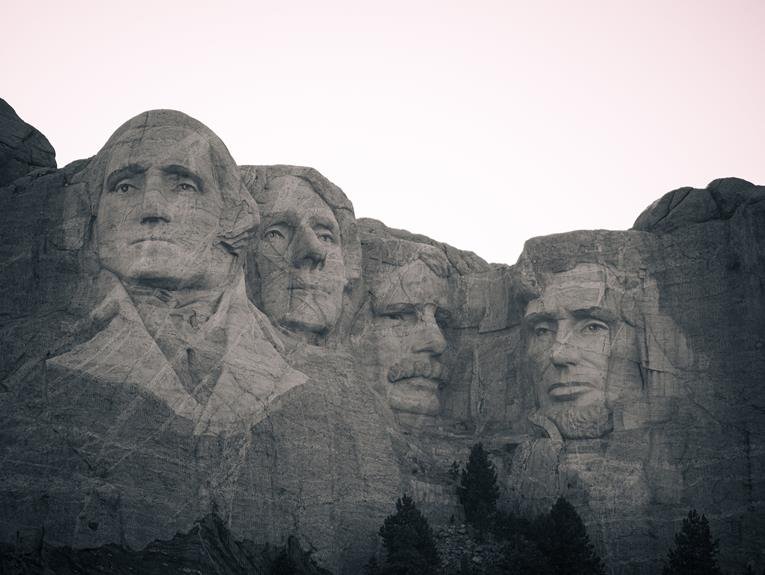When it comes to creating hand-drawn portraits as gifts, capturing the essence of a person through art can be a truly heartfelt gesture. Imagine the joy on someone's face when they receive a custom portrait that reflects their unique personality and features. From selecting the right tools to mastering shading techniques and adding personal touches, there are key steps to consider for creating a memorable gift. As you navigate through the process of honing your portrait-drawing skills, you'll discover the intricacies that make each piece a cherished present.
Choosing the Right Materials
When creating hand-drawn portraits for gift-giving, selecting the appropriate materials is crucial for achieving the desired result. Pay close attention to the paper quality you choose. Opt for a smooth, heavyweight paper that can withstand multiple layers of pencil without warping. A good quality paper not only enhances the final look of your portrait but also makes the drawing process smoother.
Moreover, mastering blending techniques is essential for creating realistic and visually appealing portraits. Experiment with blending stumps, tortillons, or even tissue paper to smoothly blend different shades together. Practice blending light and dark tones to add depth and dimension to your portraits. Remember, the way you blend can greatly affect the overall quality of your artwork.
Understanding Proportions and Anatomy
To create accurate and captivating hand-drawn portraits for gift-giving, it is crucial to understand the principles of proportions and anatomy, as they form the foundation of realistic representation in your artwork. Proper measurements play a key role in ensuring that facial features are in the correct placement and proportion. When starting a portrait, begin by mapping out the basic structure of the face, paying close attention to the positioning of features such as the eyes, nose, and mouth. Understanding the anatomy of the face will help you accurately depict the unique characteristics of your subject.
Learning about the proportions of the face, such as the distance between the eyes, the size of the nose in relation to the mouth, and the placement of the ears, will guide you in creating a lifelike representation. Practice sketching different facial features separately to improve your understanding of how they work together harmoniously. By mastering proportions and anatomy, you'll be able to create portraits that truly capture the essence of your subject.
Mastering Shading Techniques
Mastering shading techniques is essential for adding depth, dimension, and realism to your hand-drawn portraits, elevating them from simple sketches to intricate works of art. To achieve this, you can utilize blending techniques and cross-hatching methods. Blending involves smoothly transitioning between different shades to create a seamless gradient effect. This can be done using your fingers, blending stumps, or even tissue paper to softly merge the tones together. Cross-hatching, on the other hand, employs a series of intersecting lines to build up value and texture. By varying the spacing and angles of the lines, you can convey different levels of darkness and light, adding complexity to your shading.
Experiment with blending techniques to achieve soft, realistic transitions between shadows and highlights. Practice cross-hatching methods to create depth and volume in your portraits. Remember, shading is not just about adding darkness but also about capturing the play of light on different surfaces. Mastering these techniques will bring your hand-drawn portraits to life, making them captivating and visually engaging.
Adding Personal Touches
To truly personalize your hand-drawn portraits and make them special for the recipient, incorporating unique touches that reflect the individual's personality or interests can elevate your artwork to a meaningful gift. Customizing backgrounds can add depth and significance to your portraits. Consider incorporating elements that hold meaning to the person, such as a favorite location, a cherished memory, or a significant date. By customizing the background, you create a story within the artwork that resonates with the recipient on a personal level.
Moreover, integrating favorite hobbies into your hand-drawn portraits can further enhance the personal touch. Whether the person enjoys gardening, playing an instrument, or cooking, including these hobbies can make the portrait more relatable and special. These details not only showcase your attention to the individual's likes but also demonstrate the effort you put into creating a truly personalized piece of art. By incorporating these personalized elements, you transform your hand-drawn portrait into a heartfelt gift that celebrates the uniqueness of the recipient.
Preserving and Presenting Your Art
Preserving and presenting your hand-drawn portraits effectively entails careful consideration of framing options that not only protect the artwork but also enhance its visual appeal. When choosing a frame, opt for materials like acid-free matting and UV-protective glass to prevent fading and discoloration over time. Select a frame that complements the style of your portrait – a sleek, modern frame for contemporary artwork or an ornate, vintage frame for more traditional pieces. Additionally, consider custom framing to ensure a perfect fit and professional finish.
When it comes to packaging your artwork for gifting or display, wrap it gently in acid-free tissue paper to prevent smudging and protect the surface. Place the portrait between two pieces of foam board to keep it flat and secure, then slide it into a clear plastic sleeve for added safeguarding. Finally, place the packaged portrait in a sturdy cardboard envelope or box to prevent bending or damage during transit. Remember, presentation is key to making a lasting impression with your hand-drawn portraits.
Conclusion
In conclusion, mastering the art of hand-drawn portraits for gift-giving requires dedication, practice, and attention to detail. By choosing the right materials, understanding proportions and anatomy, mastering shading techniques, adding personal touches, and preserving your art, you can create meaningful and personalized gifts that will be cherished for years to come. Remember, the effort you put into your portraits will not only showcase your talent but also bring joy and happiness to those who receive them. Keep practicing and honing your skills to create beautiful and heartfelt gifts that will be truly appreciated.

Leave a Reply